Important Social Media Stats & Trends For 2022
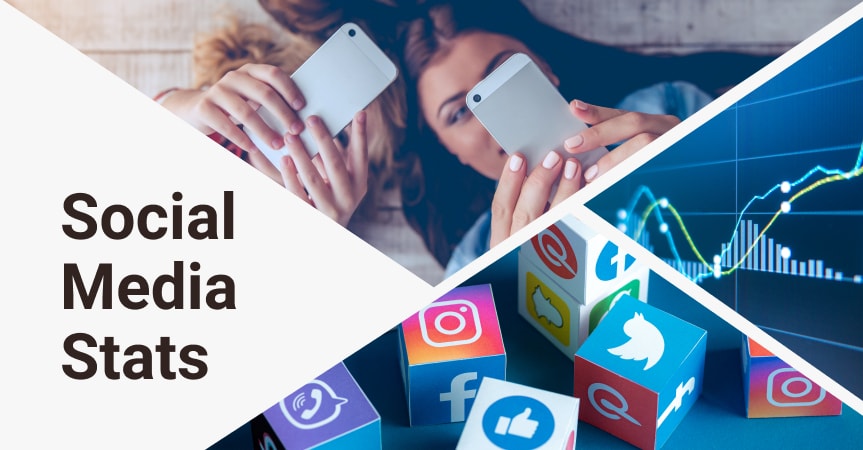
We are almost in 2022! And now is the best time to briefly recap the top statistics and trends of 2021 and see what we can expect in the upcoming year.
A new year means that there are a lot more things business owners should keep their eyes on in the new age. After all, most of today’s biggest social platforms blew up in the past 10 years. As you get ready to start new campaigns and strategies for your business in the new year, consider some of these facts and trends about the current state of social platforms.
What are social media statistics
If you’re reading this article or have used any form of social media in the past few years, you very likely know what social media statistics or analytics are. They are data based off your account activity and followers – engagement rate, numbers of likes, video videos, what kind of posts do well, what kind don’t do well, etc. They’re extremely crucial to monitor and care for to ensure success on social media.
Why do social media stats matter
You can post as much content you want, but without statistics or analytical data, you won’t know what is working for your brand and audience (and what isn’t). Statistics will tell you what kind of posts your followers interact with more in terms of likes and comments, helping you better gauge your overall content strategy – meaning your video, imagery, and even post copy can change – for the better.
However, considering how much social media platforms have evolved in recent years, trends in social media have changed, so factors you should be looking for in 2022 are changing as well.
What social media trends are important now
As we enter the new decade, the emphasis on (and consumer demand for) video content and customized content is greater than ever. This means as a brand, you should shift your focus and zero in on these segments:
-
Influencers & Micro-Influencers

The past decade coined the term “influencer” and a new wave of personalized marketing to millennials and Gen Z. Interactions with influencers are a relatable way to connect to a younger audience for your business. Essentially a spokesperson, an influencer integrates your brand and its products into his or her lifestyle, in turn selling it to his or her audience. Recent studies show influencer marketing to be at $15 billion for 2022, influencers are a continued force to be reckoned with in 2022.
-
Video Content & Ads
95% of people retain marketing messages in a video.
It’s estimated by Social Media Week that by 2022, the number of videos crossing the internet per second will approach 1 million ( 82% of internet traffic). Engaging story-telling in campaigns and ads is a huge trend, and will be what engages audiences as opposed to straight-sell content. If you want to capture your niche and followers, be sure your creative juices are running at full speed in 2022.
If you want to advertise, traditional news feed ads are so last decade. With the rise of Stories on Instagram, Snapchat, and Facebook, Story Ads are positioned as a much more interactive and engaging solution (and some platforms such as Twitter allow for minute-long ads)
One other thing to consider for video for 2022 – short and catchy is becoming a trend, all thanks to the explosion of Tik-Tok in 2019. Giving users the power to publish 15-second video clips, the Chinese-owned app challenges brands and influencers to capture audiences in a shorter time frame.

And remember – never neglect mobile for video (you just can’t anymore in this day and age). Analysts report that 92% of mobile users share videos with others, creating a great opportunity to have your content go viral. And it’s predicted that while 60% of people film videos horizontally on their phones and 75% of users view videos horizontally, there may be a shift towards vertical video in 2022. The reason being is that by default, smartphones are oriented vertically, so it’s easier for users to view a video (in full screen) if by default it is already in vertical orientation. This helps boost the retentiveness of video messaging without any screen orientation fumbling or black space (which is important), as a whopping 95% of people retain a marketing message when they consume it through video.
-
Social-integrated shopping
In 2022, shopping on a website might just slowly become a thing of the past. Instagram launched Instagram Checkout in March 2019, changing the way users can shop and interact with brands. By creating a click-to-checkout system, all without requiring a user to leave the app, Instagram elevates the ecommerce game in a social world. Facebook also has a Facebook Shop feature that can allow users to shop right on the platform as well.
It’s all about more engaging experiences that are convenient.
Interaction with a brand about its products, services, and inquiries unlocks a true connection.
-
Greater Authenticity & Connection
Consumers today are more and more about connecting with a brand at a personal level (after all, this makes for a deeper consumer-brand connection, which leads to greater loyalty). In fact, Stackla has found that 86% of consumers value authenticity when deciding on items to like and support.
So what is authenticity? It’s the belief that something is true, real, and honest. And Facebook Business states consumers are migrating towards one channel for this – Facebook messaging businesses. People are used to messaging one another and getting responses quickly, so they’ve come to expect that from businesses and brands as well. The interaction with a brand about its products, services, and inquiries unlocks a true connection – people feel as if they’re speaking with a person face-to-face.
And this way of connecting goes beyond Facebook. On Twitter, it’s important to have regular conversations with customers and respond to questions and concerns. On Instagram, consumers tend to DM brands directly or have questions in post comments – be sure you are mindful of this, and also what you post. Have informational blog content or studies or publications that relate to your products? Share them through a post. The more you present your brand as a knowledgeable expert in your field or niche, the greater trust and connection you can make with a customer.
Lastly, remember on any platform, user-generated content (UGC) is a goldmine for authenticity. Images and videos from your followers showcasing your items or service are like real-life testimonials to your brand. When users stumble upon this, they gain a deeper sense of trust in what your business can offer.
What social media metrics are important now
So with all you know about current trends and what consumers expect, you should pay special attention to:
- Engagement rate on videos
- View count on videos
- Click-through rate on videos
- Bounce rate on shopping
- Click-through on shopping
- Average response time (how fast you respond to customers)
- Customer and follower feedback
These metrics may differ from platform to platform or vary by metrics apps or third-party analytics, but the general idea is to keep eyes on your video performance, how well customers respond to your integrated shopping features (if you plan to utilize this), and of course – how fast you are responding to your customers and how they feel about you as a brand.
Social media metric apps to consider for 2022
So with all these new trends and demands in the new decade, you’ll need more advanced metrics to help you monitor your content. Let’s take a look at 3 apps and service that can help you handle all that you need to be on top of:
-
Netbase
With over 2.3 billion users, Netbase boasts deep monitoring of competitors, customers’ likes and dislikes, and image analysis, all the while providing insights such as which influencers work best for your brand and what trends are up-and-coming in different parts of the world (allowing you to have a head-start).
-
Keyhole
Built to analyze hashtags, follower behavior, conversions – and top influencers and their stats, Keyhole is not to be missed. With Keyhole, you can discover peak engagement times of your audience, demographics of users who hashtag your business, and see real-time data on your competitors (and what your followers are saying about them).
-
Hootsuite
An OG but a goodie, Hootsuite is valuable due to its ability to segment your posts and tasks by social platform, whether it’s Twitter or LinkedIn or Instagram. The app also features built-in analytics to monitor performance in one glance so you can have eyes on all your social efforts in one place.
And remember, Facebook and Instagram alone have built-in metrics to capture your ad, Story, and shopping efforts, so be sure to monitor those from time to time to measure your campaigns and their effectiveness.
Social media user statistics in 2022
It’s absolutely crazy to think about how far and deep social media has infiltrated our daily lives. People spend tons of hours every day on their devices.
-
How many people are using social media today
As of October 2021, there are 4.55 billion social media users worldwide.
However, wait, that is not all. Compared to 2017, that is an increase of 32%! In addition, that is in just 5 years.
By 2025, the number of social media users is expected to increase to almost 4.4 billion.
Impressive numbers, right? Such statistics showcase the growing trends and reliance of consumers on social media, which in turn, creates a clear opportunity for ecommerce businesses worldwide.
-
Social media usage by region
If we look at what’s the highest activity of social media by region, there are 3 areas with the highest number of social media users located in Asia.
At the top of the list is Eastern Asia, where more than 1 billion people use social media. That shouldn’t be a surprise, since the region consists of China – the world’s most populous country.
At number 2 is Southeast Asia, with more than 480 million users. Followed by Southern Asia with 470 million users.
At numbers 4 and 5 respectively are North America with 329 million users, and South America with more than 270 million users.
-
Social media usage by generation
For this part of the article, we are going to turn to a study conducted by SproutSocial.
Generation Z (ages 18-24)
Let’s start off with the youngest generation. Gen Z or Zoomers are extremely online. What’s more, most of these users have had some kind of social media presence for more than half their lives.
66% of Gen Z consumers state that social media is an essential part of their lives. However, their reason for being active on social media differs from other groups. Their main reason for using social media is to “kill time” instead of connecting with family or friends.
Millennials (ages 25-40)
72% of millennials state that social media is an essential part of their lives. Other reasons to use social media they state: communication with family and friends (61%), to kill time (51%), to learn about new trends (47%), to get breaking news (43%).
Generation X (ages 41-56)
Gen X has adopted social media similar to millennials. A whopping 74% of Gen x say that social media is an essential part of their lives. Their platforms of preference are YouTube and Facebook. This is most likely due to the reason that they want to stick to the platforms they are well familiar.
Baby boomers (ages 57-74)
Only 40% of this age group considers social media to be an essential part of their lives. A larger percentage of these people (73%) use social media to stay connected with friends and family. However, boomers still browse as much as everyone else. Moreover, 53% state that they use social media to kill time, which puts them on the same level as other generations.
Like Gen X, their platforms of preference are Facebook and YouTube.
-
Daily time people spend on social media
The typical user spends 2 hours and 25 minutes on social media every day. That equates to almost one full day of their life each week.
However, as you can imagine, the time spent on social media significantly differs from country to country. For example, Filipinos are the world’s biggest consumers of social media, spending an average of 4 hours and 15 minutes per day on social media.
On the other side, users in Japan spend less than an hour a day on social media, more specifically 51 minutes.
-
Popular social media platforms by demographics
To develop a proper social media strategy, it is crucial to understand the audience and their demographics.
Since you’re already aware of the number of people using social media, let’s dig a little deeper. Let’s uncover the most popular social media platforms, and their user specifications such as age, gender, etc.
As of 2021, Facebook has 2.89 billion active users, making it the most popular social media platform in the world.
Here is a detailed look at the age of Facebook users:
- 86% of people ages 18-29
- 77% of people ages 30-49
- 51% of people ages 50-65
- 34% of people that are 65+
54% of Facebook users are female and 46% are male. On average, Facebook users spend 35 minutes per day on the platform.
YouTube
The video creating and sharing platform has 2.29 billion monthly active users.
Here is a detailed look at the age of YouTube users:
- 81% of people ages 15-25
- 71% of people ages 26-35
- 67% of people ages 36-45
- 66% of people ages 46-55
- 58% of people that are 56+
The average YouTube user spends 11 minutes and 43 seconds per day on the platform.
In 2021, Instagram’s user count has accumulated to over 1.39 billion users with 500 million active daily users.
Here is a detailed look at the age of Instagram users:
- 67% of people ages 18-29
- 47% of people ages 30-49
- 23% of people ages 50-64
- 8% of people that are 65+ years old
51% of Facebook users are female and 49% are male. On average, Facebook users spend 53 minutes per day on the platform.
The app that allows users to reach practically any person, or even business, in the world by simply tagging the in a Tweet.
There are over 463 million monthly Twitter users.
Here is a detailed look at the age of Twitter users:
- 38% of people ages 18-29
- 26% of people ages 30-49
- 17% of people ages 50-64
- 7% of people that are 65+
The user base is 50% male and 50% female. The average user spends about 3.3 minutes per session.
TikTok
The most popular app in 2019 and 2020 has a whopping 1 billion active users to its name. That’s a very impressive number considering this is the “youngest” social media platform on this list.
A full breakdown of the age of TikTok users;
- 25% of TikTok’s active users accounts in the U.S. are people aged 10-19.
- 22.4% of TikTok’s active users accounts in the U.S. are 20-29.
- 21.7% of TikTok’s active users accounts in the U.S. are 30-39.
- 20.3% of TikTok’s active users accounts in the U.S. are 40-49.
- 11% of TikTok’s active users accounts in the U.S. are 50+
The user base is 40% male and 60% female worldwide. In the United States, however, female users outnumber males 2:1.
Snapchat
Over the last several years, this social media platform has become especially popular among teens and young adults.
Snapchat has 538 million active monthly users.
Here is a detailed look at the age of Snapchat users:
- 53% of people ages 15-25
- 34% of people ages 26-35
- 18% of people ages 36-45
- 11% of people ages 46-55
- 4% of people that are 56+
The user base is 38% male and 61% female. The average user spends about 30 minutes per day on the platform.
SUMMARY: With upcoming trends in video and influencer power, the statistics you should have your eyes on in 2022 have changed. Be sure to continue efforts on creating engaging and authentic content and to use built-in and paid metric tools to monitor your dropshipping business performance.

tutorials and special offers from AliDropship




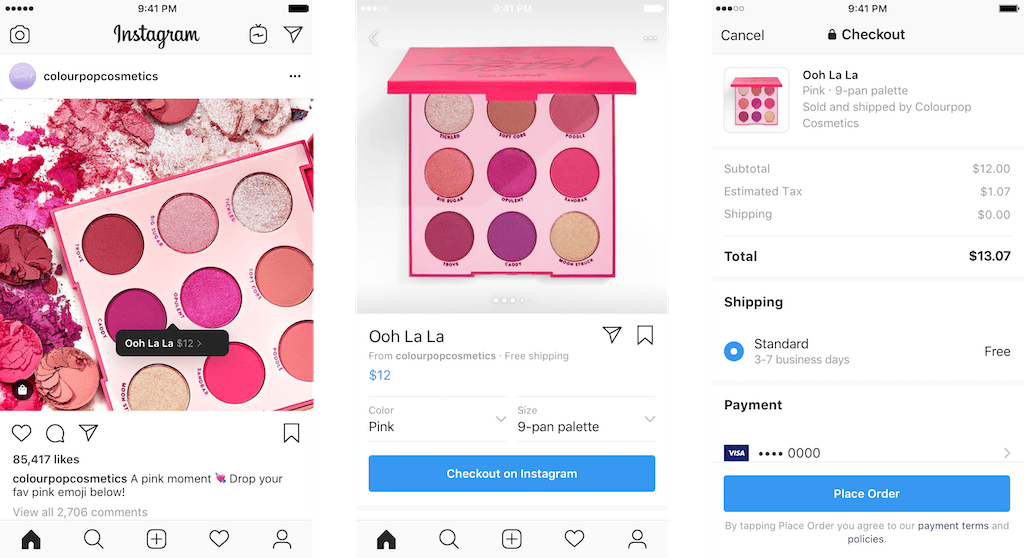
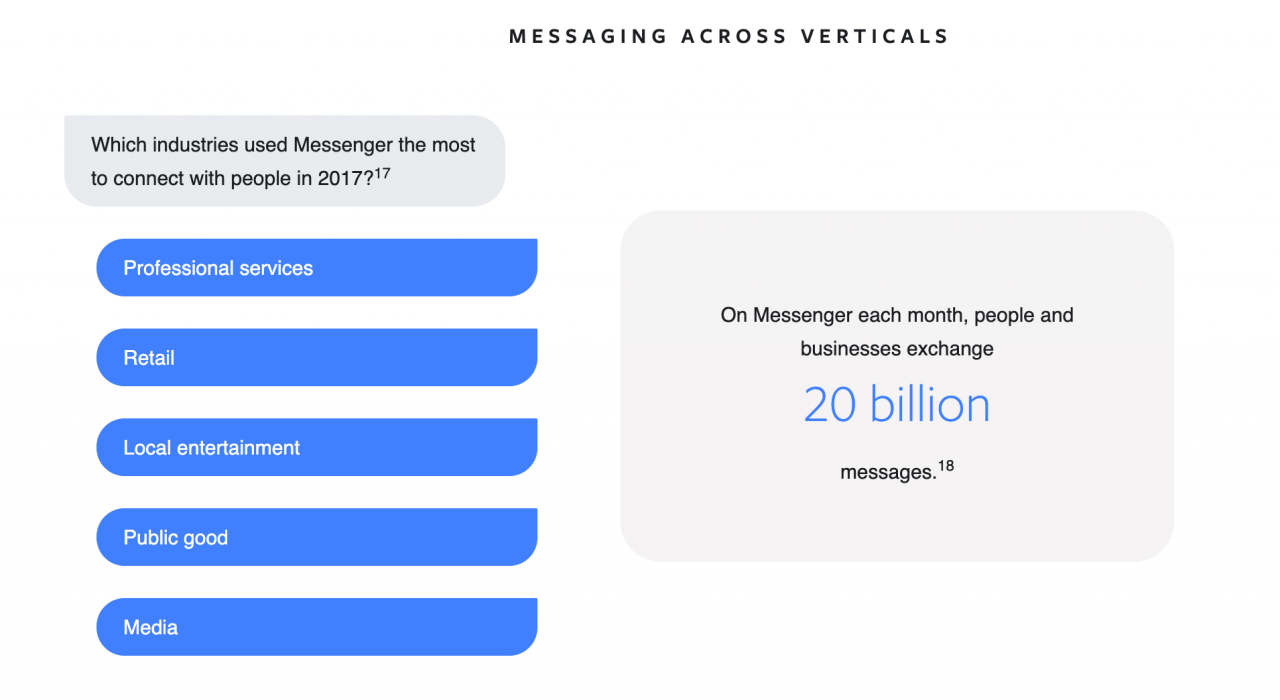
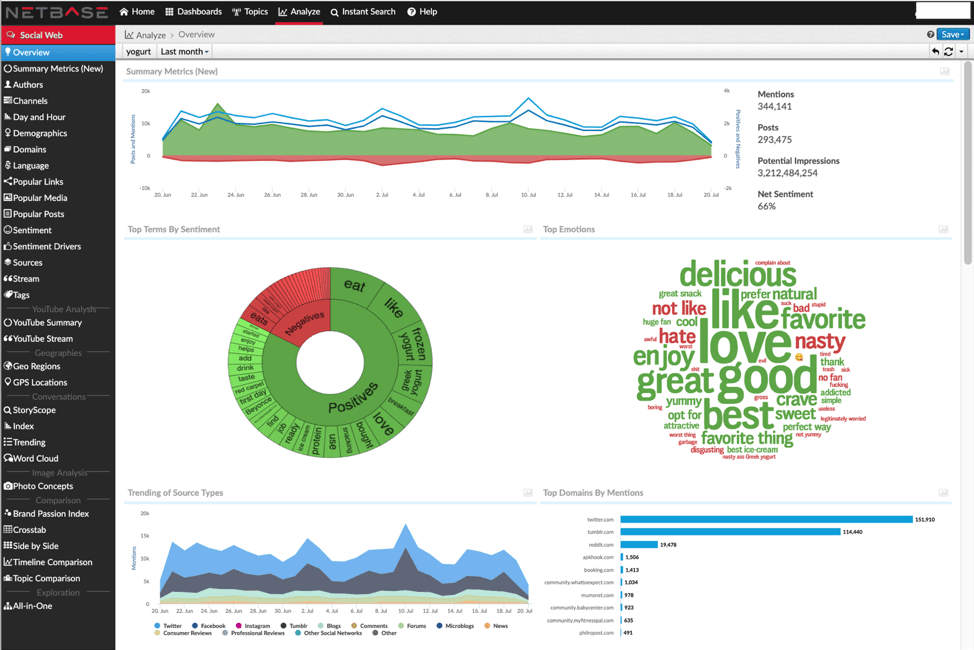
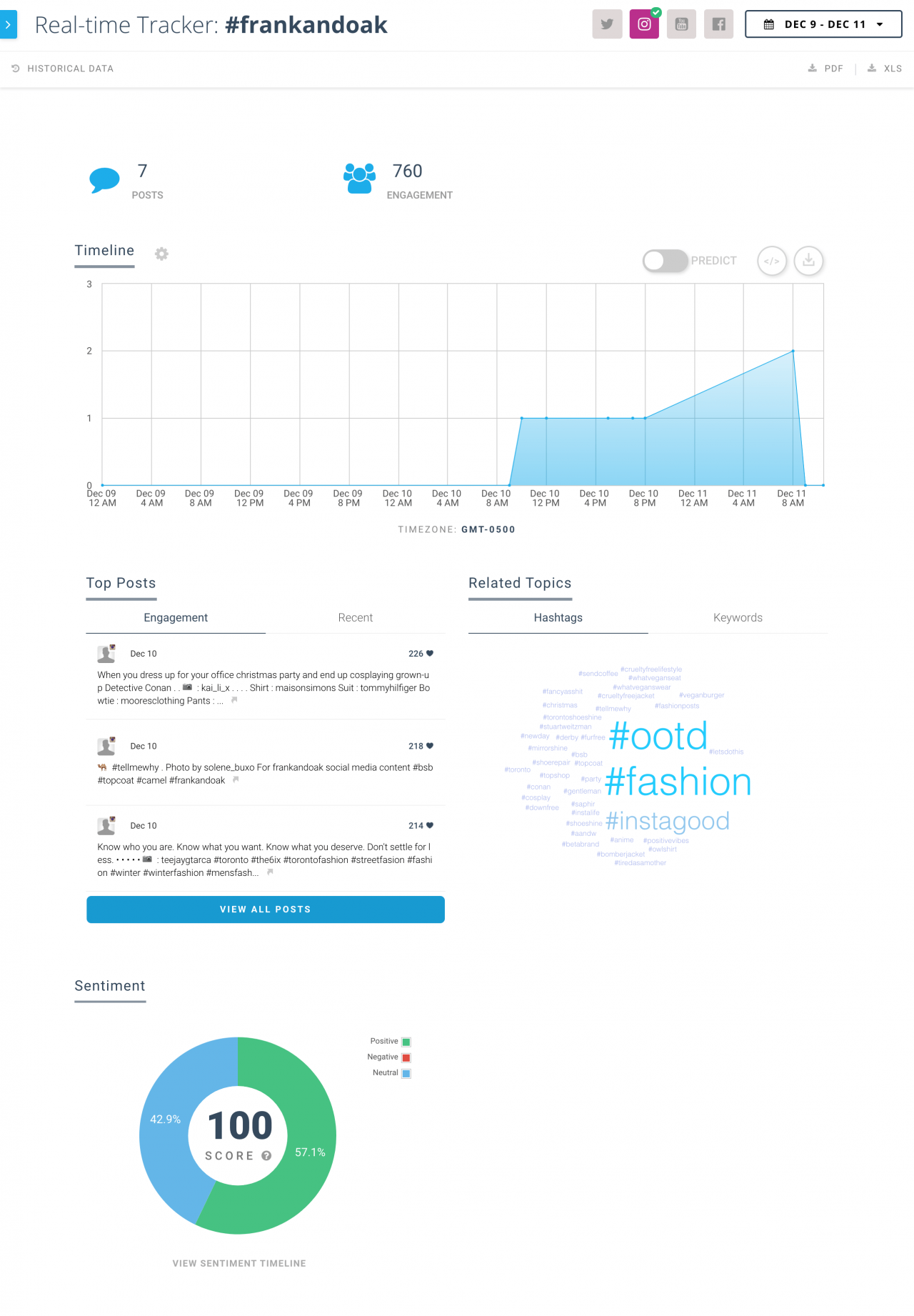
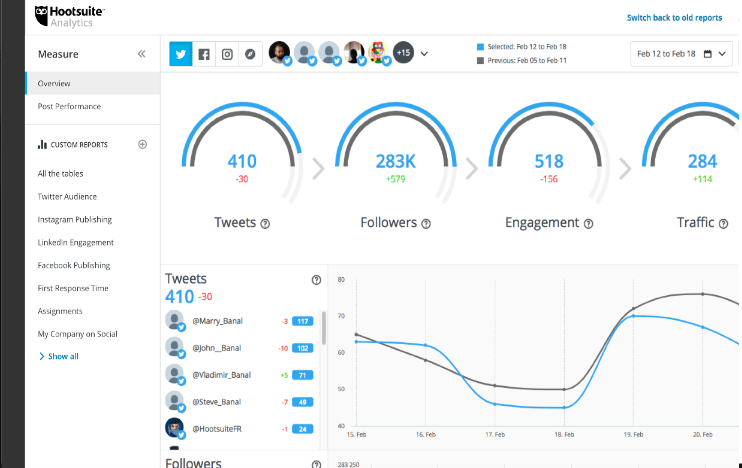














Great article about trends on social media. Let’s see how they play out is year. Where is Facebook advertising headed?